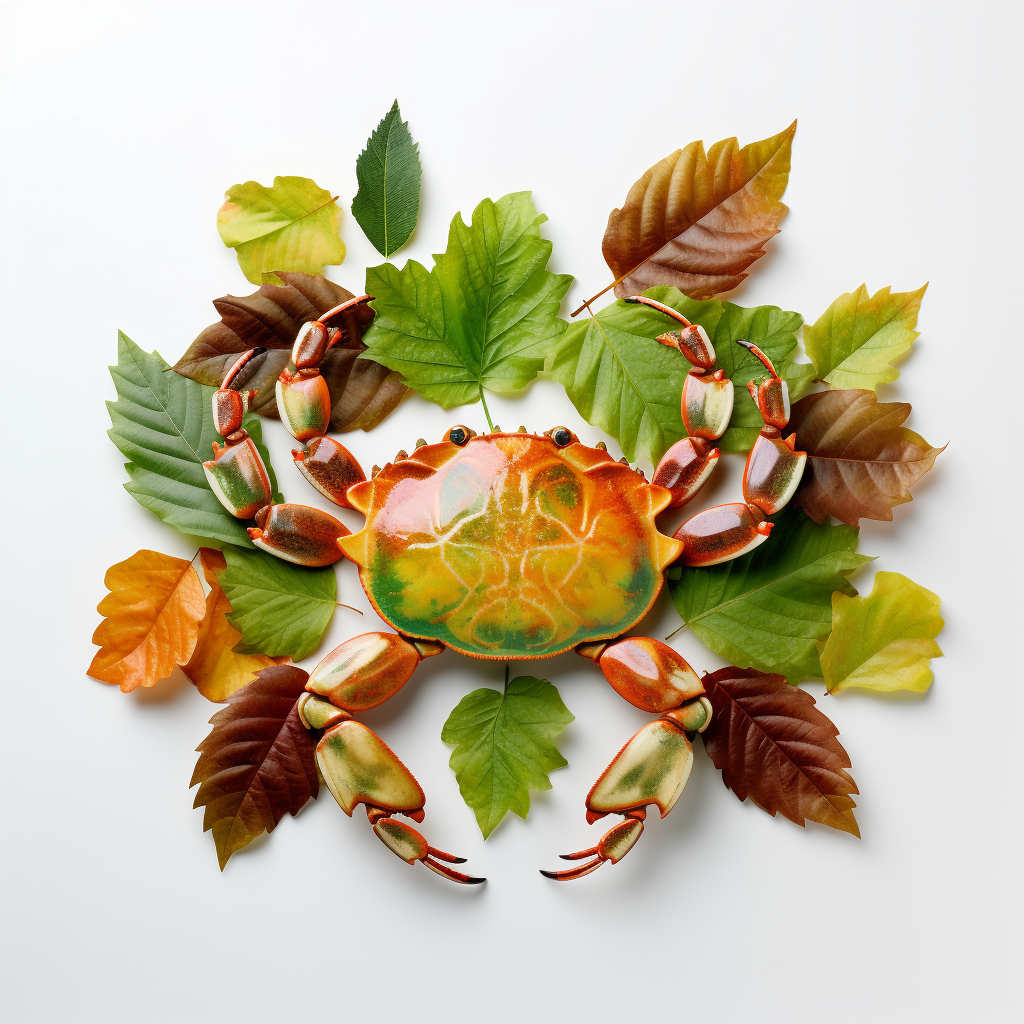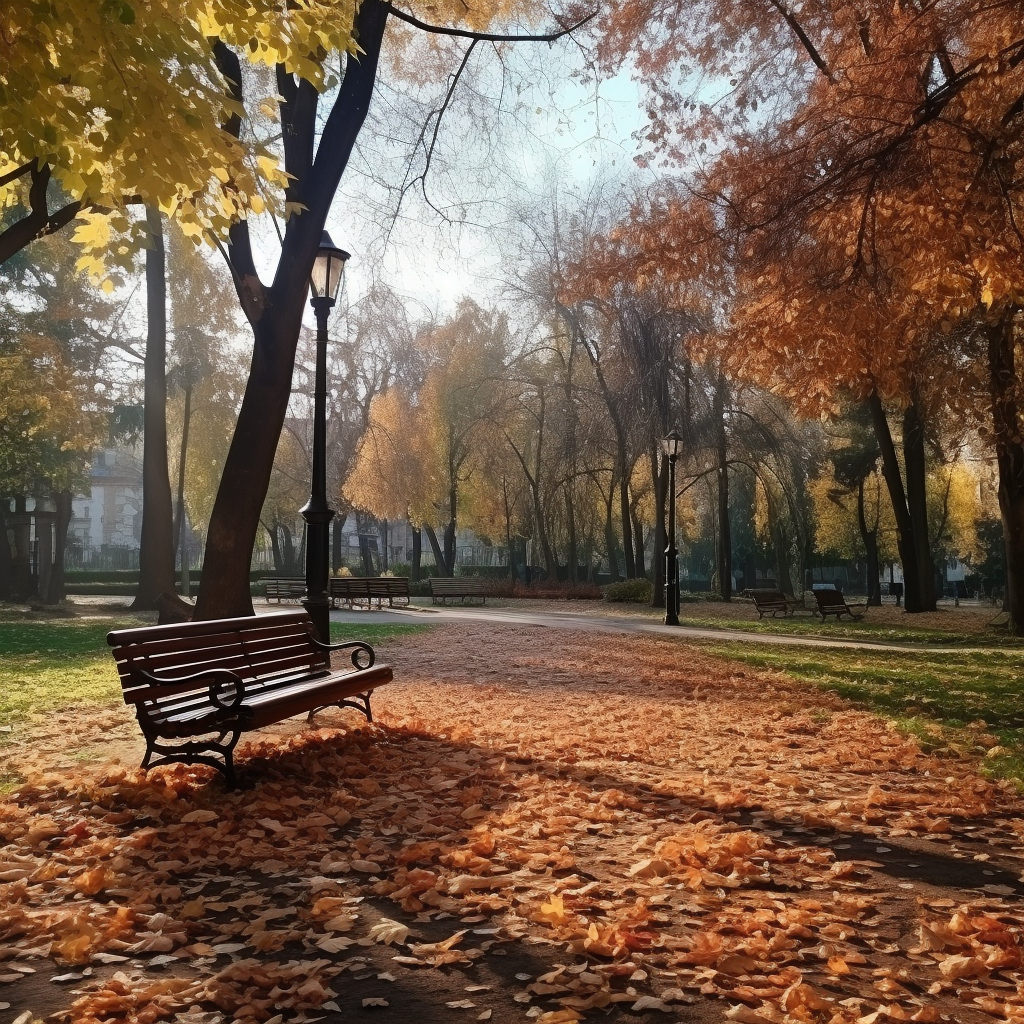Compendium Entry #9

The Leaf Crab, a close relative of the Flower and Twig varieties of the Floral Forager, specializes in emulating leaves in their various forms. Its adaptive appearance makes it an expert at blending in with fallen leaves or the foliage of trees.
Common Names: Leaf Floral Forager, Leaf Crab, Leafy
Family: Reversocrabanidae (Reverse-Carcinization Crabs)
Genus: Urbacrabus (City Crabs)
Species: Floralisraptor (Floral Forager)
Variety: Folius (Leaf)
Description:
Standard specimens measure 5-10 inches across, matching common deciduous leaf sizes. Microscopic analysis reveals extraordinary cellular plasticity with their tissue reconfiguring to replicate any leaf’s vascular structure, down to individual chloroplasts. They synthesize actual plant compounds, producing legitimate botanical effects when processed.


The Leaf Crab’s most unique adaptation is its ability to mimic leaves with astonishing precision. It can emulate the appearance, texture, scent, and even the chemical composition of various leaves, enabling it to blend in seamlessly with its surroundings.
The Leaf Crab is highly sought after by high-ranking government officials and elite gourmands who consider it a culinary delicacy. When boiled, the Leaf Crab provides a unique combination of tea and crab soup. This rich and nutritious brew is said to boost the immune system and accelerate recovery from illness.
Of particular interest is the Leaf Crab’s ability to take on the appearance and properties of the coca leaf. Consuming a Leaf Crab in this form supposedly results in a highly potent, invigorating, and ultimately euphoric brew, earning it the nickname “Coca-Crab.”
The Leaf Crab’s primary diet consists of insects and small arthropods, similar to its Floral Forager cousins. When strong gusts of wind blow through its habitat, the Leaf Crab, being lightweight and structurally suited for it, lets the wind carry it to new areas. This wind-traveling method is used both for finding food and for social gatherings.
Unlike many other City Crab species, the Leaf Crab is a highly social crab. When many of them come together, they utilize their flat, leaf-like bodies to increase surface area, enabling entire groups to be carried great distances by the wind. These “leaf storms” often carry them directly to locations with high-value target plants, suggesting organized intelligence.



The Leaf Crab predominantly inhabits urban and suburban areas with a high concentration of trees and plants. These crabs are commonly found in parks, gardens, forests, and even on city streets where fallen leaves accumulate. They use these leaf piles as camouflage, hiding in plain sight from potential threats.


